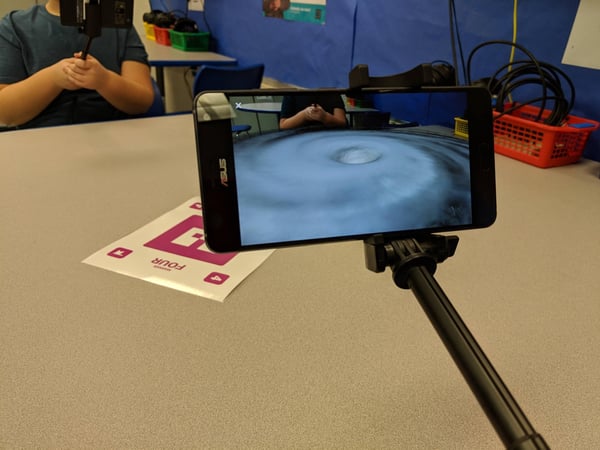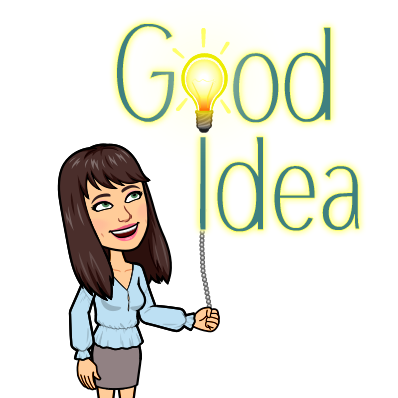I recently wrote a blog post for Wakelet on how I use this tool for my show, The Suite Talk. You can visit the Wakelet website and blog to read more about how others are using this curation tool. Here is my article that is posted on their blog. I hope you find it helpful.
Introduction
My name is Kimberly Mattina and I am a Google for Education Gold Product Expert, a Google Certified Trainer and Educator, a Wakelet and Ozobot Ambassador, a middle school Technology Teacher and Robotics adviser at the Galloway Township Middle School in New Jersey. I am also the founder and host of The Suite Talk, which is a show and podcast about helping other educators integrate educational technology effectively into the classroom. My mission is to #PayitForward.
It was love at first sight!
When I heard the buzz about Wakelet on Twitter, I was naturally curious. I wanted to learn more about this tool and how it can be utilized in the classroom. After becoming a Wakelet Community Member, I learned from other educators how they integrate Wakelet into the classroom. I immediately became hooked on it! Afterwards, I became a Wakelet Ambassador, and I never looked back! I use Wakelet daily and I heavily depend on it for many things. Now, I provide professional development about it to inform others how it can be used in the classroom.
What is Wakelet?
In case you are wondering, Wakelet is a curation tool that will allow you to organize resources such as websites, images, videos, PDF files, Drive files, Flipgrid videos, and a Twitter feed into collections. It is an awesome tool to visualize, and organize your information for both students and peers.
Wakelet meets The Suite Talk
I use Wakelet in many ways, both personally and professionally. In my school, I provide professional development for teachers and I encourage them to use Wakelet to collaborate with their peers, use it as their class website to post information, and organize resources for their units, chapters, and lessons to ultimately create a digital backpack for their students.
However, personally, I use Wakelet in a different way. First, I have multiple Wakelet accounts, one for my show, The Suite Talk, and one for myself that I use with my peers and PLN. In my show account, I create a new collection each week that contains information specific about the show, the topic, and the guest. All of these resources can accumulate and organizing them can be time consuming.
In order for me to complete the episode collection in a timely manner, I created a template collection specific for The Suite Talk which include links to my website, YouTube channel, and podcast platforms, as well as a link to the Facebook group, and newsletter. In total, there are about 13 items that I include each week. Also, because I like consistency, I uploaded The Suite Talk logo into the header area and enabled the copy feature for the collection.
Each week for a new episode, I open the template collection, make a copy of it and rename it immediately. Then, I include a title and a short description about the collection, and change the background image to a picture that aligns with the topic. And just like that, all 13 items that were in my template are now in my new episode collection.
At this point, I add specific links for the episode to my collection, such as a link to the specific YouTube video, a Flipgrid topic, a Google document with the guest information, and the Podbean podcast link. In addition, I use the Wakelet Chrome extension to add any supportive resources to the collection. Afterwards, I invite the guest to be a contributor to the collection, so they can add any personal resources to the collection.
Finally, once all of the resources are curated for the episode, I make the collection public and share the link to my website and refer to it as the show notes. I also the collection on Twitter, and Facebook and in my newsletter too.
Conclusion
In summary, being a Wakelet Ambassador and a community member gives me the opportunity to learn how others are using this wonderful tool in the classroom. From using it as training agenda, a classroom website, a writing prompt for a reflection or exit ticket, and for curation, it has transformed my workflow tremendously. I love Wakelet and will continue to ride the #WakeletWave! I recommend you try it too! For me, it was love at first sight!





















